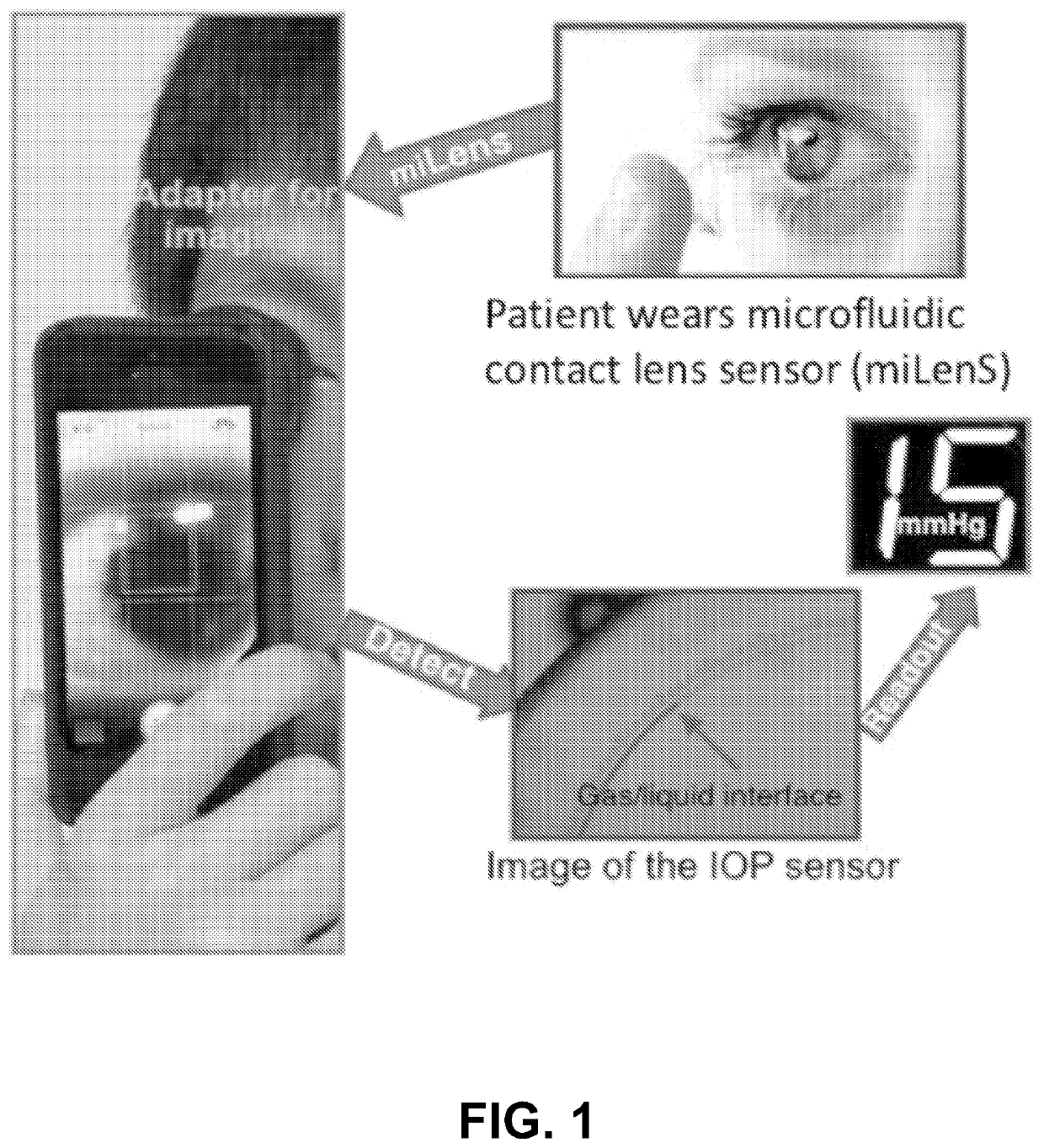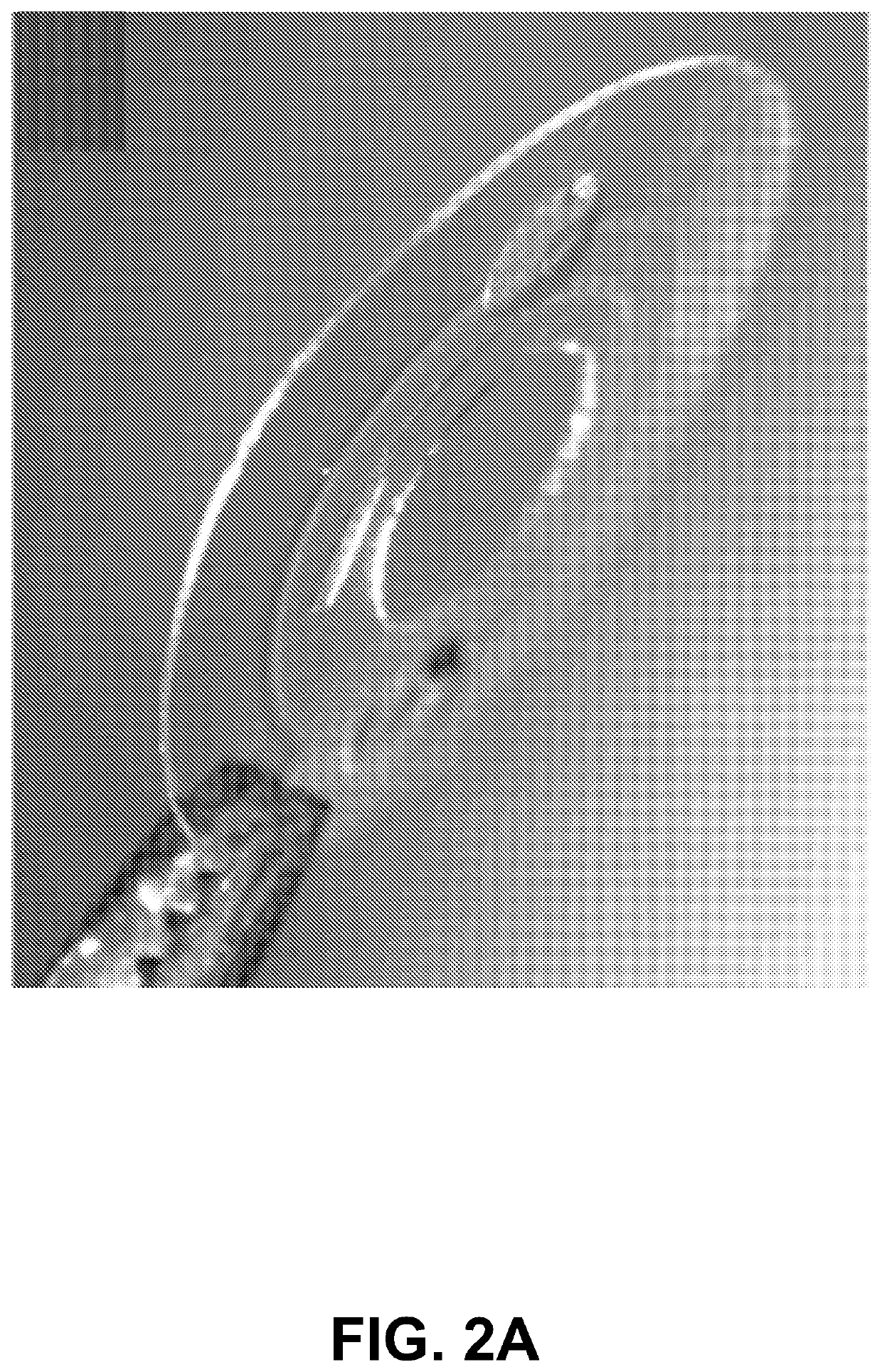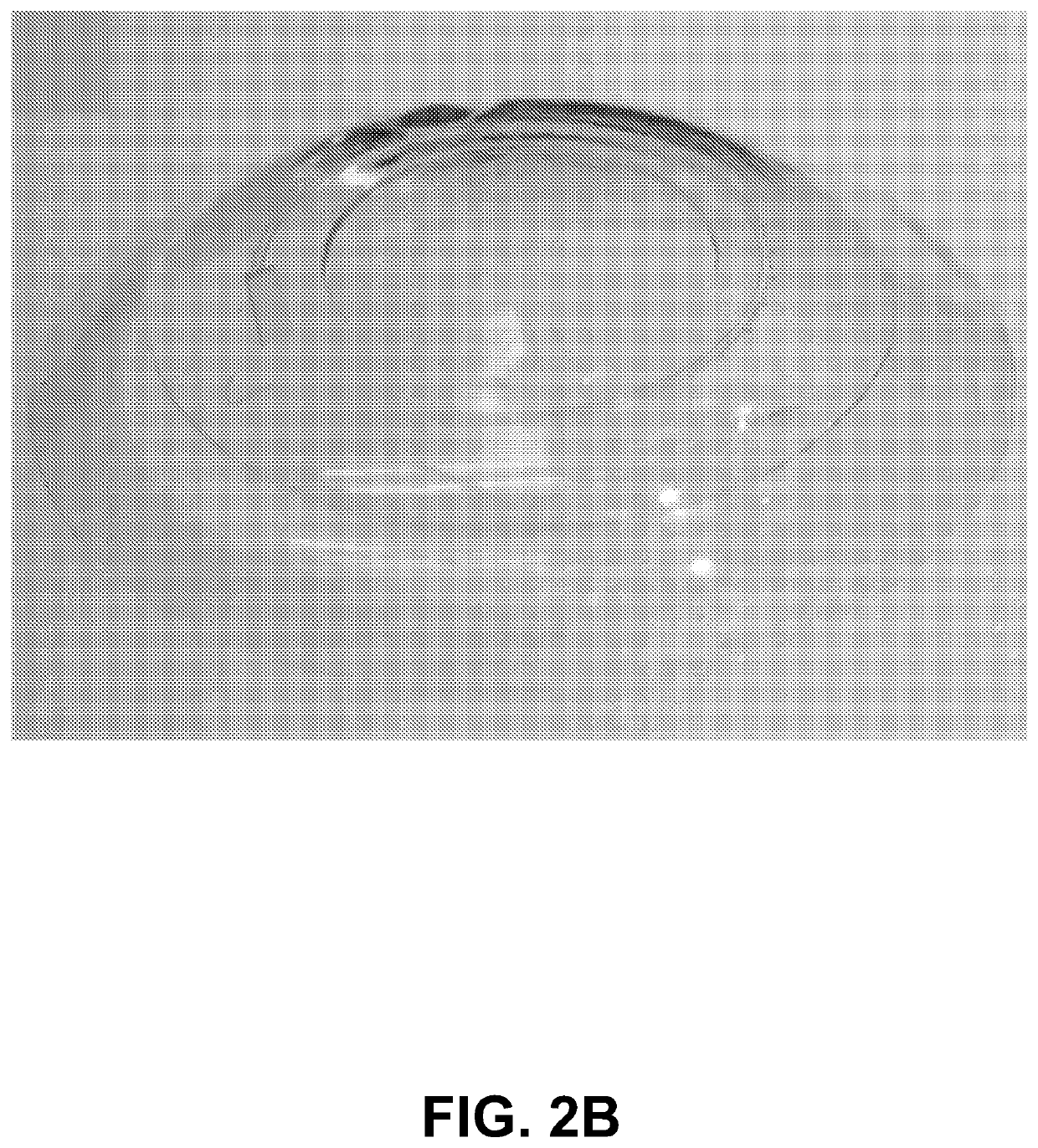Closed microfluidic network for strain sensing embedded in a contact lens to monitor intraocular pressure
a microfluidic network and strain sensor technology, applied in the field of microfluidic network design for strain sensors, can solve the problems of user dependence, uncomfortable patient, and inability to monitor intraocular pressure, and achieve the effect of better managing glaucoma
- Summary
- Abstract
- Description
- Claims
- Application Information
AI Technical Summary
Benefits of technology
Problems solved by technology
Method used
Image
Examples
Embodiment Construction
>[0043]IOP measurement devices reported so far do not consider the directionality of the forces acting on the sensors. For example, capacitance measurement-based sensor by Chen et al. (G.-Z. Chen, I.-S. Chan, L. K. K. Leung, and D. C. C. Lam, “Soft wearable contact lens sensor for continuous intraocular pressure monitoring,”Medical Engineering &Physics, vol. 36, no. 9, pp. 1134-1139, September 2014), responds to the radial forces applied on the lens such as due to blinking. An ideal contact lens sensor should only be sensitive to the strain applied in result of the radius change of the cornea, but should not be affected by the forces applied perpendicularly on the lens (i.e. radial forces). In consideration of this, we have used COMSOL simulations and experimental measurements to develop a strain sensor, which is more sensitive to tangential forces than the radial forces on the eye. Embodiments of the invention are based on microfluidic sensing for IOP measurements and such desired ...
PUM
 Login to View More
Login to View More Abstract
Description
Claims
Application Information
 Login to View More
Login to View More - R&D
- Intellectual Property
- Life Sciences
- Materials
- Tech Scout
- Unparalleled Data Quality
- Higher Quality Content
- 60% Fewer Hallucinations
Browse by: Latest US Patents, China's latest patents, Technical Efficacy Thesaurus, Application Domain, Technology Topic, Popular Technical Reports.
© 2025 PatSnap. All rights reserved.Legal|Privacy policy|Modern Slavery Act Transparency Statement|Sitemap|About US| Contact US: help@patsnap.com



